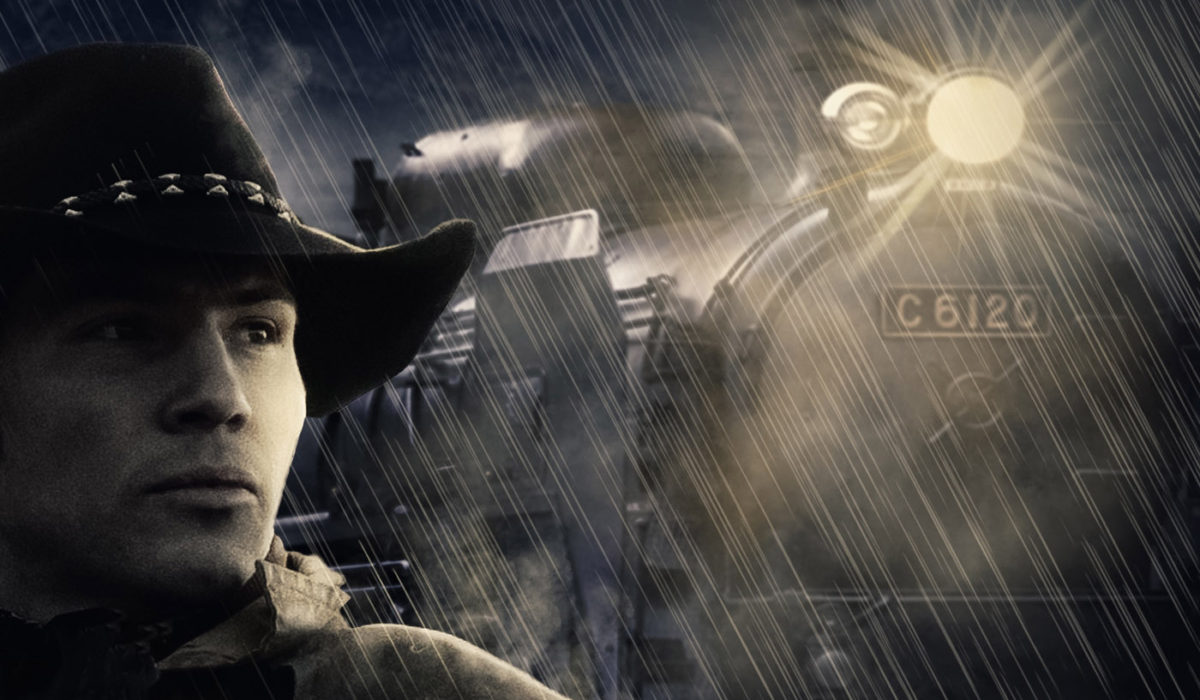— The featured artist of the 56th issue of Living the Photo Artistic Life magazine is Canadian AWAKE artist Ric Matkowski. Very happy to be able to share my interview with Ric here on Quill and Camera . . .
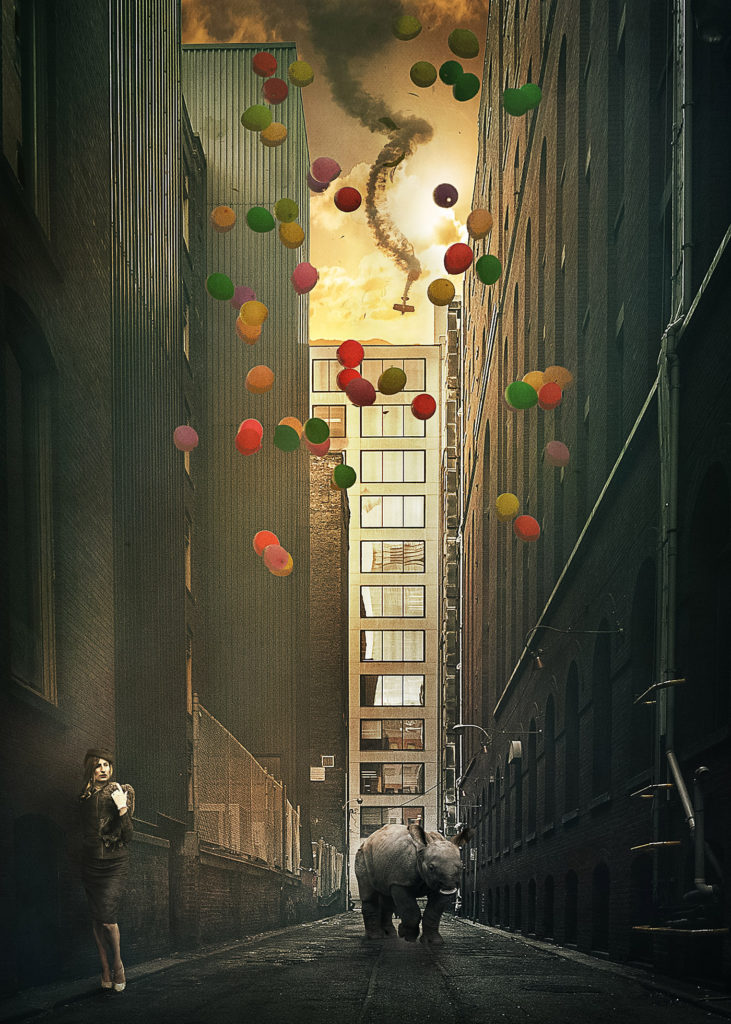
Q: So tell me about yourself! How would you describe your background?
I’m from a small town in the Canadian prairies and a 2nd generation Canadian whose grandparents immigrated from Poland in the early 1900s. A mechanical engineer by training, I spent many years in the energy sector as a working engineer and manager, most of that in the Middle East, the UK, and the USA. Always interested in photography from an early age, I forced it to the background in favor of the corporate world and raising a family. So it is only in the last 6 years that I’ve begun to explore the artistic world and develop my photography and photo artistry skills.
Having grown up on the prairies, my work is influenced by the simplicity of prairie life and the earthy tones that are synonymous with prairie summers and autumns. On the other hand, the opportunity to visit a good part of the world and live in foreign cultures has also provided life experiences that play a role in some of the art I produce. Right now I find am intrigued with lines and shapes, with people and art that reveals atmospheric depth.
Q: How have you been developing your artistic career?
My decision to finally pursue my photography aspirations came about after my return from overseas and as I wrapped up my life in the corporate world. Once I took up photography, I made a conscious effort to learn and practice as much as I could.
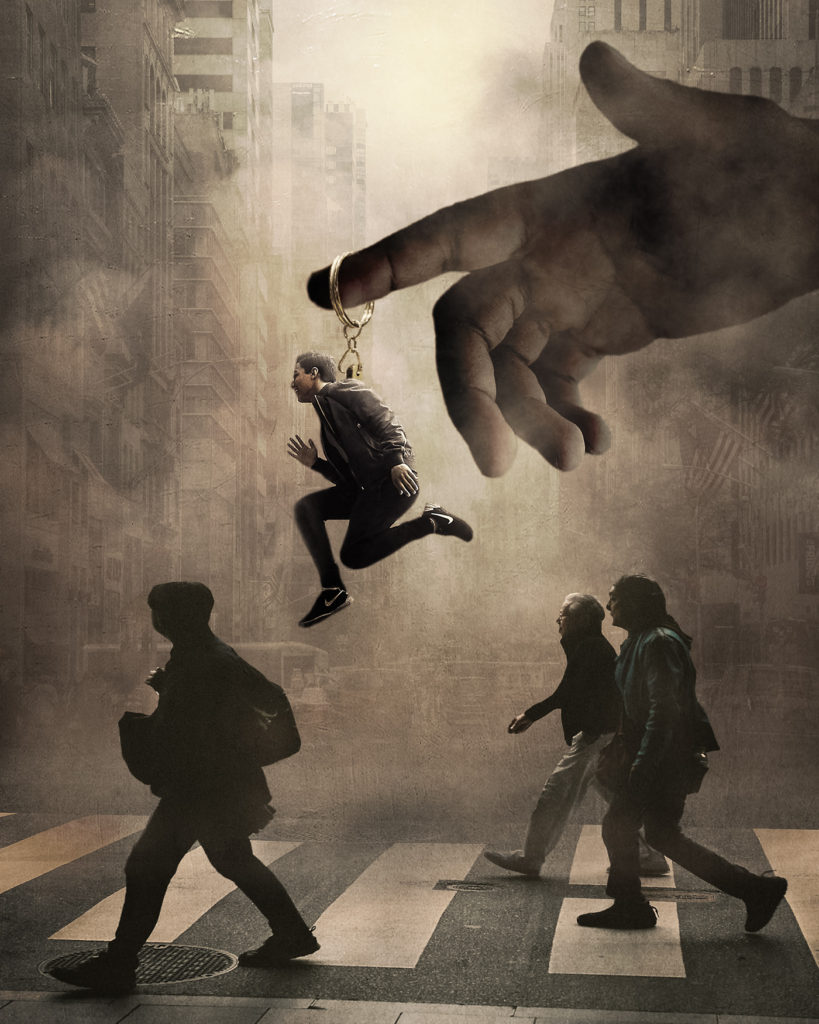
My goal was to accelerate my learning curve. To that end I started working the craft daily, starting out with landscape and nature photography, then adding in some portraiture. I spent time online, reading and viewing all types of photography tutorials. Then I went all in. I joined a local camera club, became a member of the Canadian Association of Photographic Arts (CAPA) and then the Professional Photographers of Canada (PPOC). I attended conferences and became a member of different photographic organizations. I also contracted a mentor for a full year to help understand how to develop a style and begin learning the business side of photography.
As my photography grew, I looked for more ways to express myself, and this is when I found Photoshop Artistry. I really can’t remember how that happened, but it proved absolutely wonderful decision. I’ve found photo manipulation and photo artistry to be a most liberating adventure, an opportunity to use my photography in so many more ways and to express myself in wondrous new ways. All of this remains a ‘work in progress’ of course, and I hope that it will remain so for the remainder of my life.
My greatest struggle has been in finding and understanding ‘my style.’ But with time and study and practice, I’m developing greater clarity concerning what that might be. And that in itself is a wonderful thing. It actually frees me up to really produce the art I like. Of course, I still keep my eye open to the work of others as there’s always something to be learned and possibly applied in my work.
And the hard work has paid off, I think, as I’m now an accredited photographer of the PPOC, trained as a judge by CAPA, certified to level 1 by Josh Rossi and his Full Time Photographer Program, and now featured in the magazine Living the Photo Artistic Life. I’ve also been requested for an interview in another program where my product photography has gained certification and attention. In many ways, it’s all just beginning. Going forward I hope to attain further recognition of my work and to monetize my efforts.
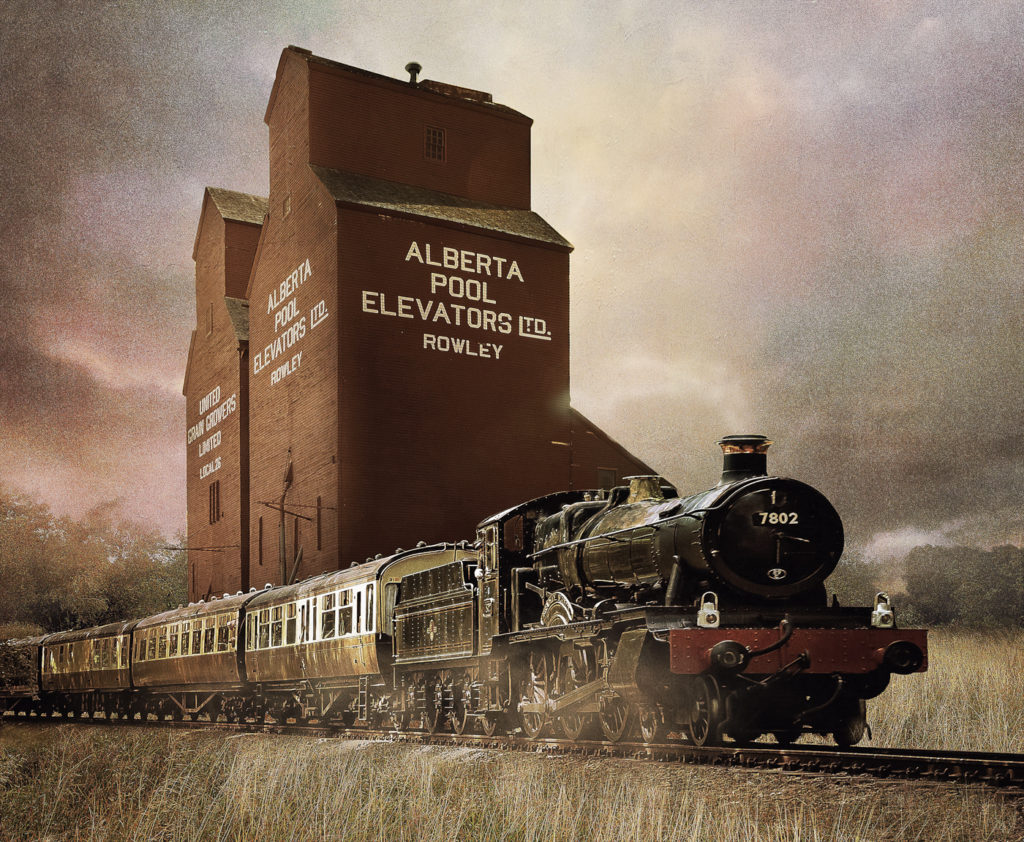
Q: What kinds of photography and photo artistry do you love most right now?
I’m a photographer who loves to photograph subjects across many genres but lately I’m focused mostly on shooting products and portraiture. I love to capture engaging photos of people, and I love the clarity of purpose and message in product photography. With my photo artistry, I have the ability to use my photography in unique ways to create art. And here I feel my work has attained a new level. My heart is in photo manipulation and surrealism but I love to push the envelope and create pieces that are more painterly and digitally exciting.
Q: What tools do you rely on in your day-to-day photography and photo artistry?
I shoot with a Canon DSLR system complete with a normal complement of ‘L’ series lenses and filters. I am also a proactive user of off-camera flash to either augment the natural light or to fully provide all of the light when necessary for certain shots. Most of the time I’m in manual mode on the camera and on the lights.
I use Lightroom to manage my images and will edit approximately 10% of my images with Lightroom. The workhorse for both my photo editing and of course my digital artistry is Photoshop. Plugins include the NIK suite and Lumenzia (an interface that helps with my luminosity masking).
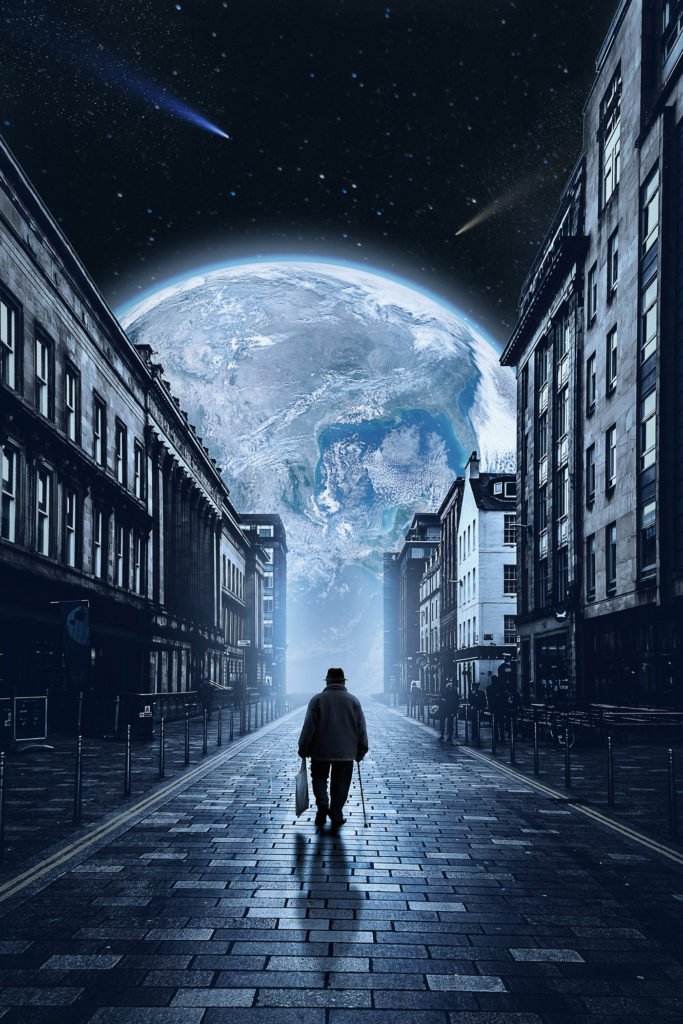
Q: How would you measure your success as a photo artist?
The first measure is always your own assessment. Are you happy with the results, does your work deliver on your vision, and does it tell the story you wish it to tell, and ultimately does it make you feel satisfied?
Beyond that, a good photo artist should always be looking for feedback and opportunities to create repeatedly. If you’re looking to monetize your work online, then you should care about metrics like conversion rates, click-throughs, and observer feedback, even if your true success isn’t measured by them.
Because whether you’re selling your work or not, your own enjoyment belongs at the heart of it all. For me, digital art and photo-manipulation have taken on a key role in my art. It is the medium that allows me the greatest freedom in expressing a thought, a feeling, or a view. When others ask me to do something with digital art I do it because it brings me so much enjoyment.
For me, to create attractive art is not enough. I feel that the best photo artists are able to articulate how their art communicates a vision, tells a story, or perhaps solves some practical problems (in commercial work). This is an area that I continue to work on.
Q: And the way you work toward this?
You work deliberately. The best photo artists generally won’t just jump in and start creating out of thin air. Great artists begin by first trying to understand the message they’re hoping to convey. Depending on the piece, they might seek inspiration from the work of others or look through their resources for inspiration before determining the best course of action.
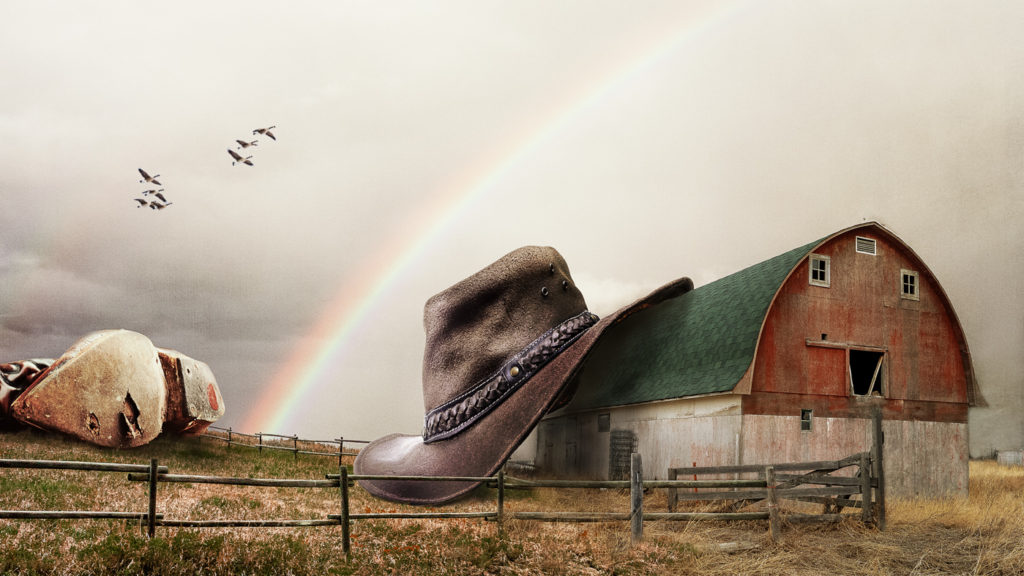
And even after completing the work, you should not be in a hurry to post it online or print it, but should allow some time and revisit the work — hours, even days later — with a clearer set of eyes. You may even seek informed and substantive feedback (though perhaps less so as you grow as an artist) from other trusted artists before you release your final pieces of art to the world.
What’s more, in my case, as a lifelong student, I continue to tap into a number of resources to help me improve my photography and photo artistry. In addition to subscribing to a number of paid photo artistry programs like Photoshop Artistry and the AWAKE Group, I can’t begin to tell you the number of hours I’ve spent online studying the work of others, reading articles of artistic interest, and viewing countless YouTube videos. There is not a single day that goes by that I do not try to improve my photographic (and photo artistic) vision and skills.
Perhaps remaining immersed in what inspires you is the most important commitment you can make. My greatest source of inspiration is to observe things as deeply as I can — especially nature, but also structures and machines created by humans. I feel I draw inspiration from everything around me really, including books, a plethora of online resources, and documentaries.
Q: You mentioned being inspired by other artists. Who are some digital artists that we should all know about (or any flying under the radar)?
Look on the web and there are many really talented artists. Just look at Pinterest or Behance, for example, to see how much talent there is in the world.
The following artists deserve special mention I think. These are some of my influences … Josh Rossi with his bold style and surrealism. Ljubodrag Andric, whose style is exceptionally clean, intriguingly hyper-realistic and always a combination of effortless visual simplicity and refined mood. And Frank Uyttenhove, a talented filmmaker from Belgium, who offers a window to another set of rules about what is possible, what is beautiful, and, sometimes, what is funny. I also find Erik Johansson incredibly talented. Others to check out include Milad Safabakhsh, Obey Nicolas, and Julius Kahkonen.
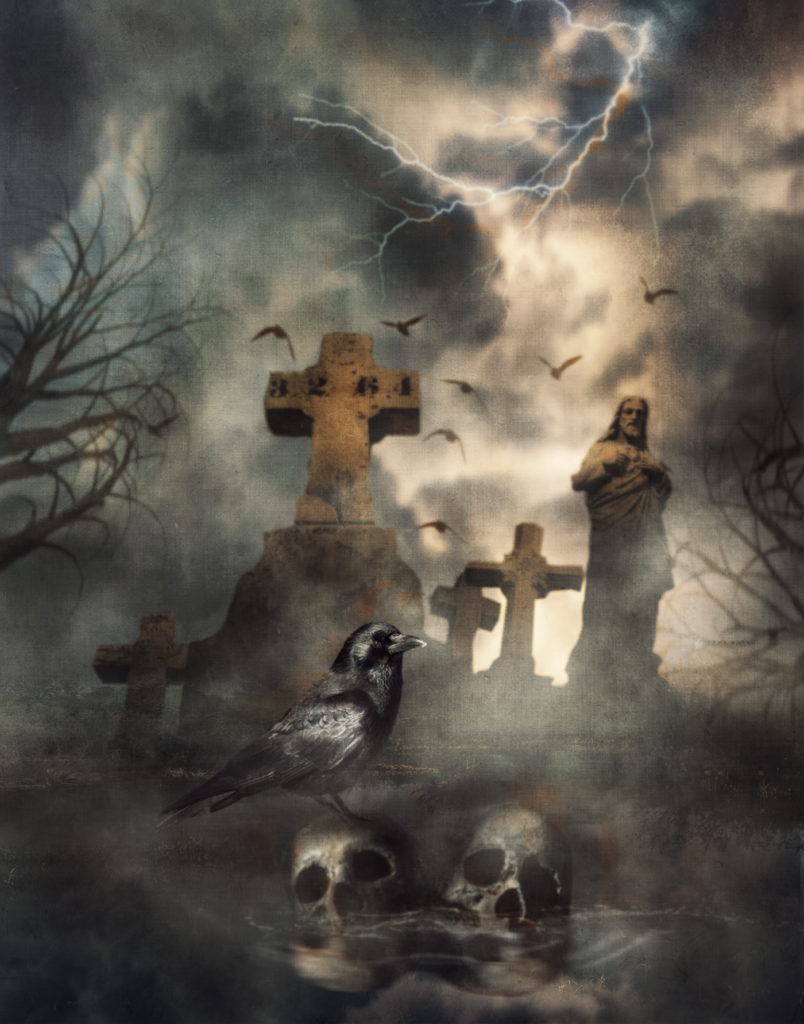
Q: Do you find the artistic life lonely?
Not really. The process of creating photo artistry is a collaboration between yourself and your muse! That time together is addictive. The time flies by.
Although a break is always healthy, and I find that I like to limit my time at the monitor to 1-hour stretches, after which I’ll take a break, at the minimum for a few minutes but will sometimes break longer — to visit with my wife, or head outdoors with the camera for a walkabout, or maybe take a drive in the country.
I also often like to step away from the creative process for one night during the weekend. And of course I also have regular photo sessions organized for my product photography, which is another way to break by focusing on a different form of art.
But lonely? No. I wouldn’t ever say that.
.
To explore more work by Ric Matkowski, drop by his Facebook page at https://www.facebook.com/RicMatkowskiPhotography/

